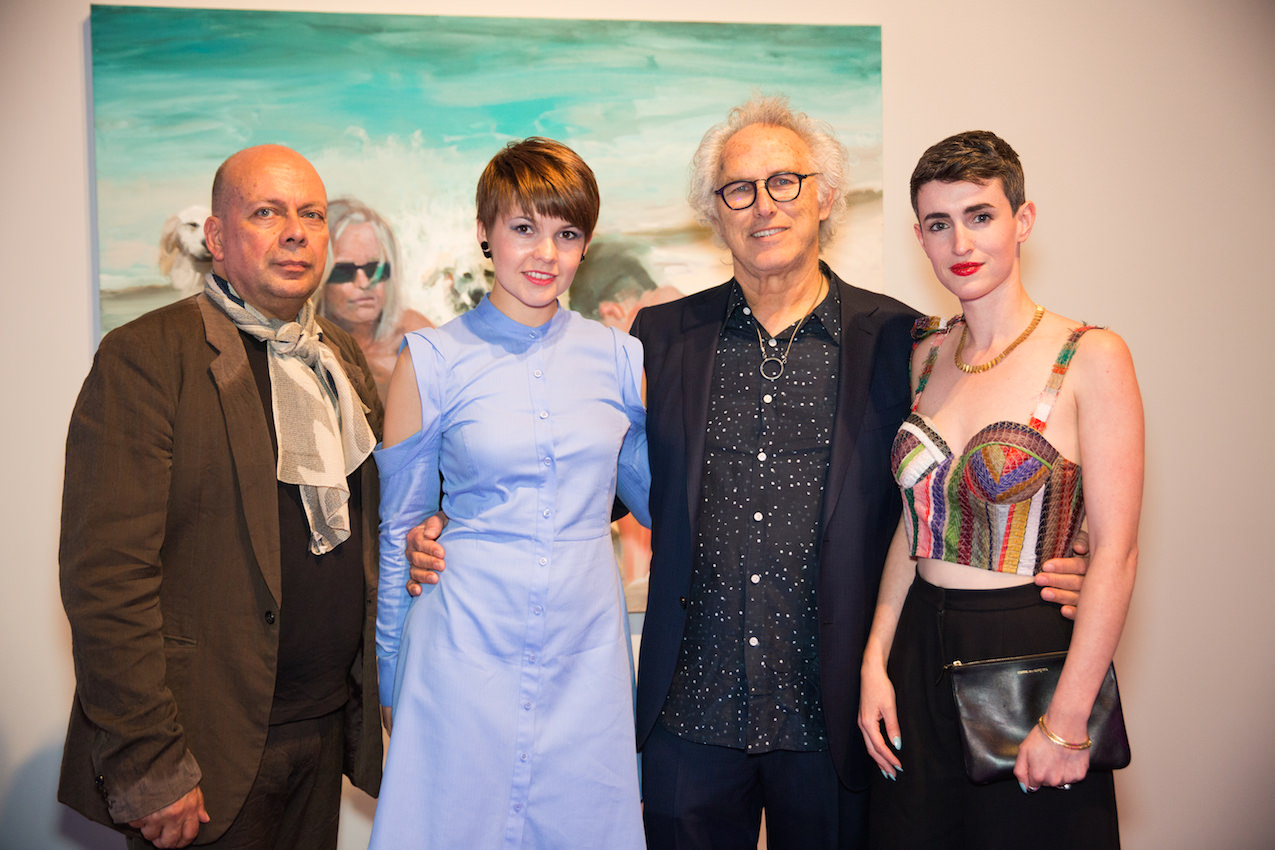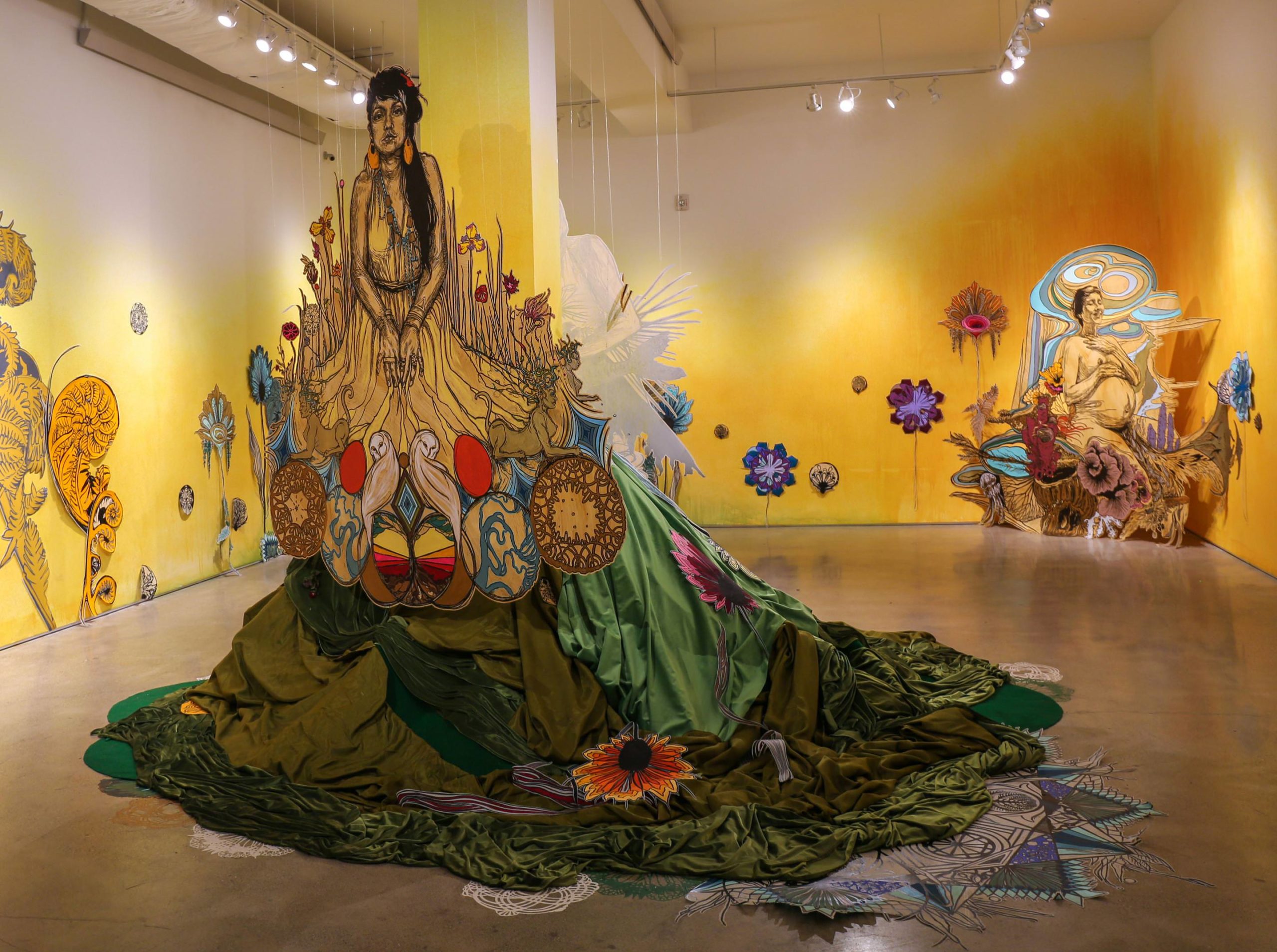Last weekend, ISTANCOOL celebrated the city of Istanbul as an international hub of culture. But during two screenings at the festival, portraits of other cities emerged.
The first was of Havana, Cuba, captured by artist JR and José Parlá. In The Wrinkles of the City (2012), the pair traveled to the island’s capital to capture the city’s histories, pasting and painting on portraits of the elderly on worn building facades. They wanted to tell these people’s stories, the lines on their faces emblematic of their rich experiences, just as the crumbling walls of Havana were evidence of its history. “To choose the old people is to look at history in a special way. We’re comparing the history on the face with the walls. The walls have their wrinkles, their cracks, the history, the layers of paint, the years pass by, the experiences,” said Parlá. “We have to remember that this is the generation that saw Cuba before the revolution. Most of them were born in the early 1900s, and they lived through several dictators and they saw coup d’états happening twice before Fidel Castro. They also saw the heyday, the glory days of Havana. So, it was really the last opportunity, I think at this point, to capture that story in an artistic way.”
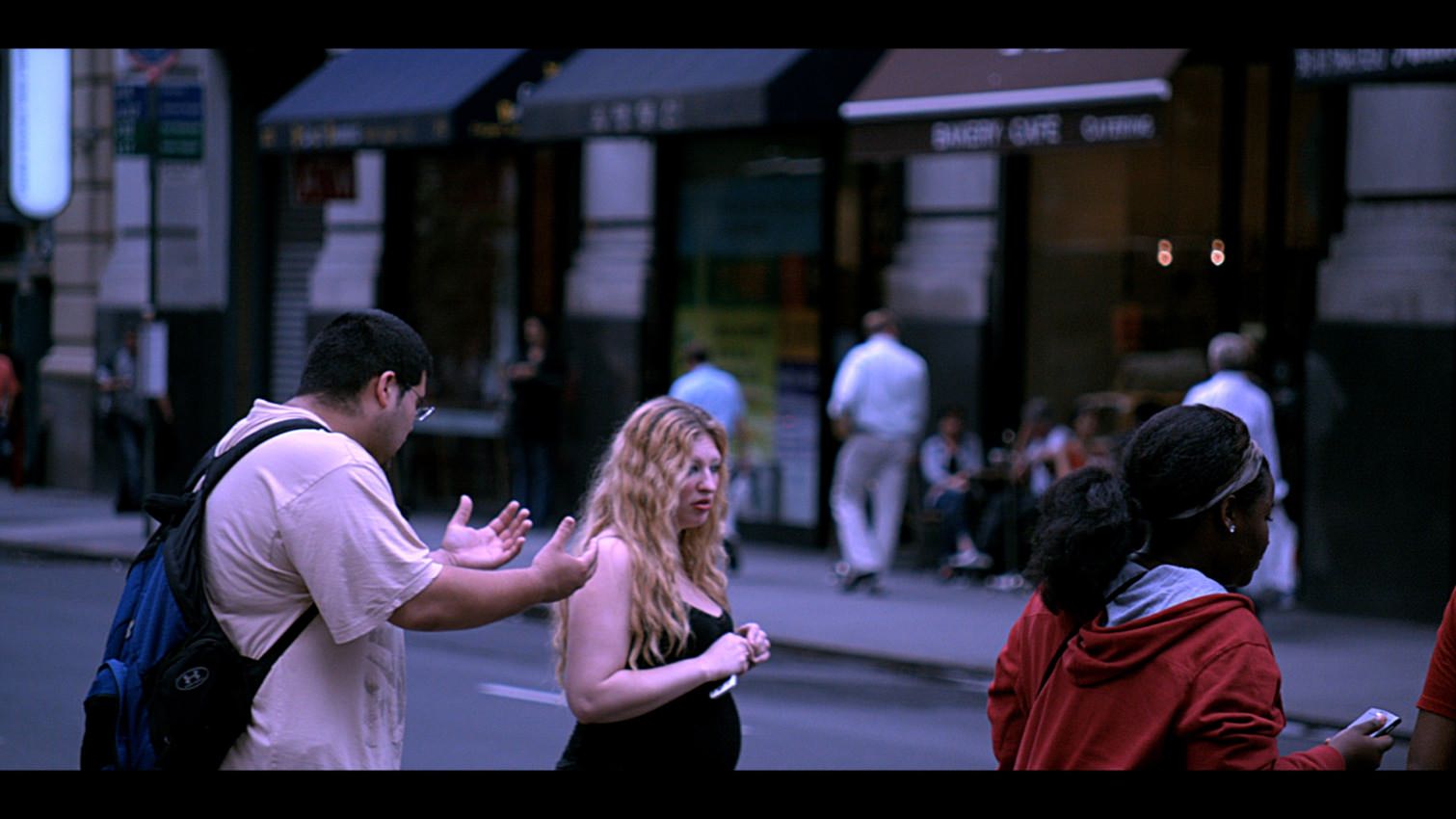
James Nares, Street (2012)
Courtesy of the artist
Over several visits, they met and asked the elderly to participate in the project, taking their picture, enlarging it, pasting it on a wall, and painting over it to create murals that engaged with the community outside of politics or propaganda. “I think that in a Communist place, there’s still fear. People don’t want to say the wrong thing. They’re very careful with the words they choose and I think our approach was very open, very free,” said Parlá, who was born to Cuban parents.
“It takes a lot of courage to have your photograph taken,” said JR. In addition to guts, the project had moments of humor and heart, especially when it came time for the subjects to see themselves in a work of art, larger-than-life. Said one older man, “I have more of an audience than Castro.” One woman, learning that the mural would last against the elements for five years, responded, “Perhaps I won’t be on this earth any longer but my photo will.” Another said, “Now I think I can die satisfied because the world knows who I am.”
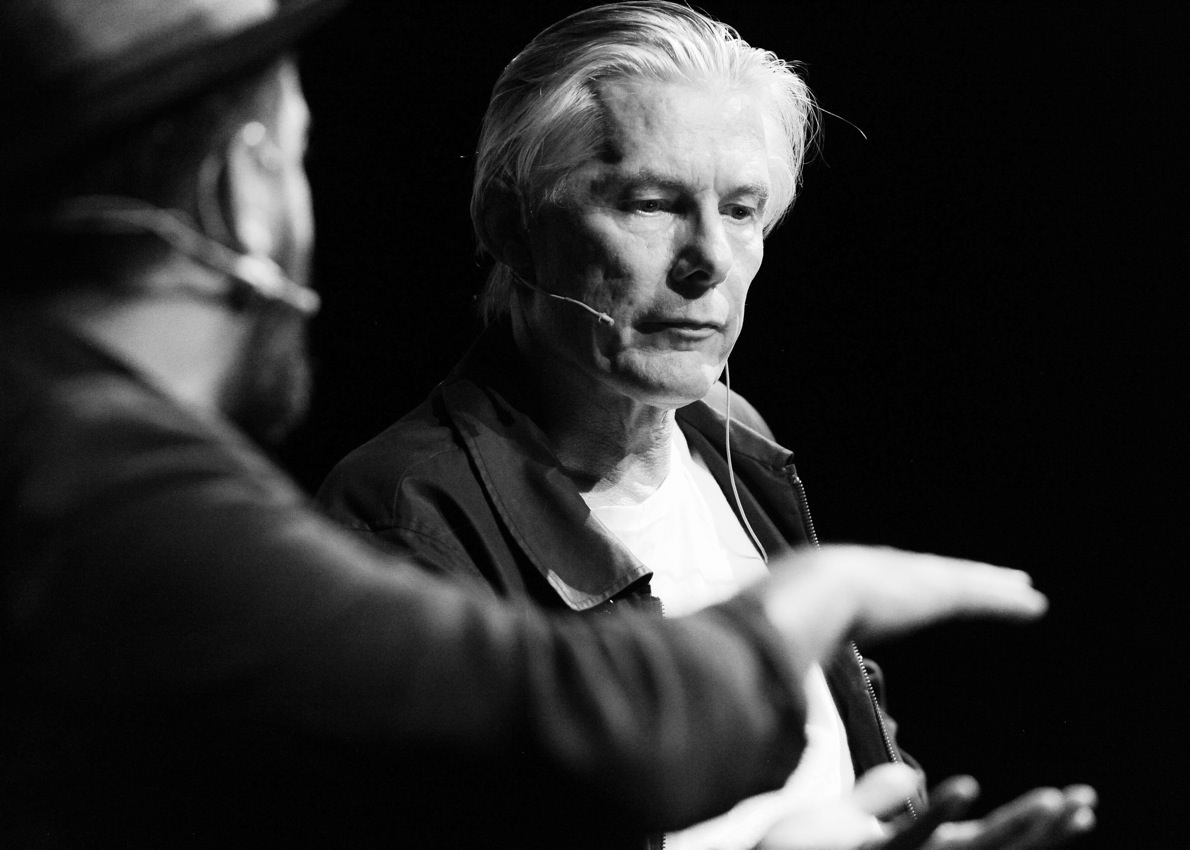
Image courtesy BFA
The second portrait was of New York City. To close the festival, Nares screened his 61-minute film Street (2012). It was filmed with a digital camera from a moving truck throughout Manhattan over several weeks and captured the everyday life on the sidewalks of the city. Nares slowed the footage down to reveal both mundane and surprising moments. The linear, slowed-down pace told unexpected stories and as we watched, we started to create our own narrative for each person’s movements, body language, and facial expressions. “It gives you time to see things that are happening too fast for the naked. It connects you with the people in the film, the people of New York in this way that’s very intimate in spite of the distance,” said the artist.
As Nares noted during the discussion that followed with Parlá and filmmaker and festival organizer Alpha Eseli, most adults failed to notice the camera driving by. The only people that did were young children (including two very sassy girls at which the audience audibly laughed out loud) and black males, which came from both innocence and experience.
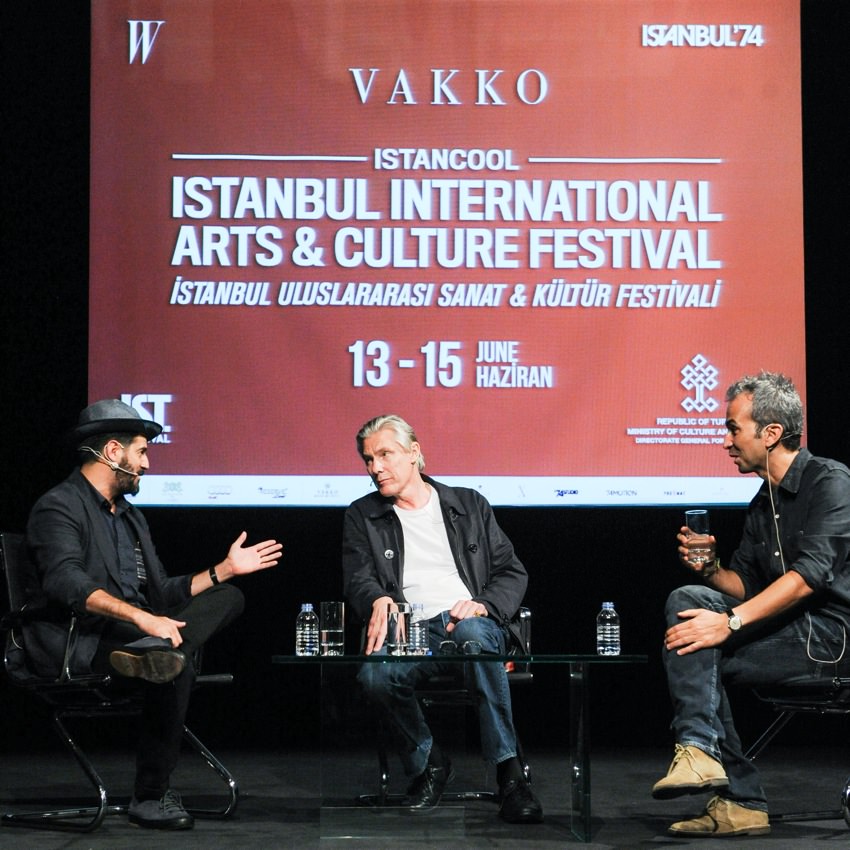
Image courtesy BFA
Nares is known for his large, long paintings, done with a single brush stroke. And he shared that this film wasn’t too far from what he does on canvas. “I wanted to give that feeling of being like a spirit wandering through the city,” said Nares. “The film’s very linear. And the film slows things down so that you can see things you wouldn’t normally see. The paintings kind of do the same in that it’s like I reveal the movement of the brush. You see things that happen too fast for the eye to penetrate.”
Street powerfully renders a moment in time in New York. As Parlá, put it, “You’re giving us a portrait of ourselves.”
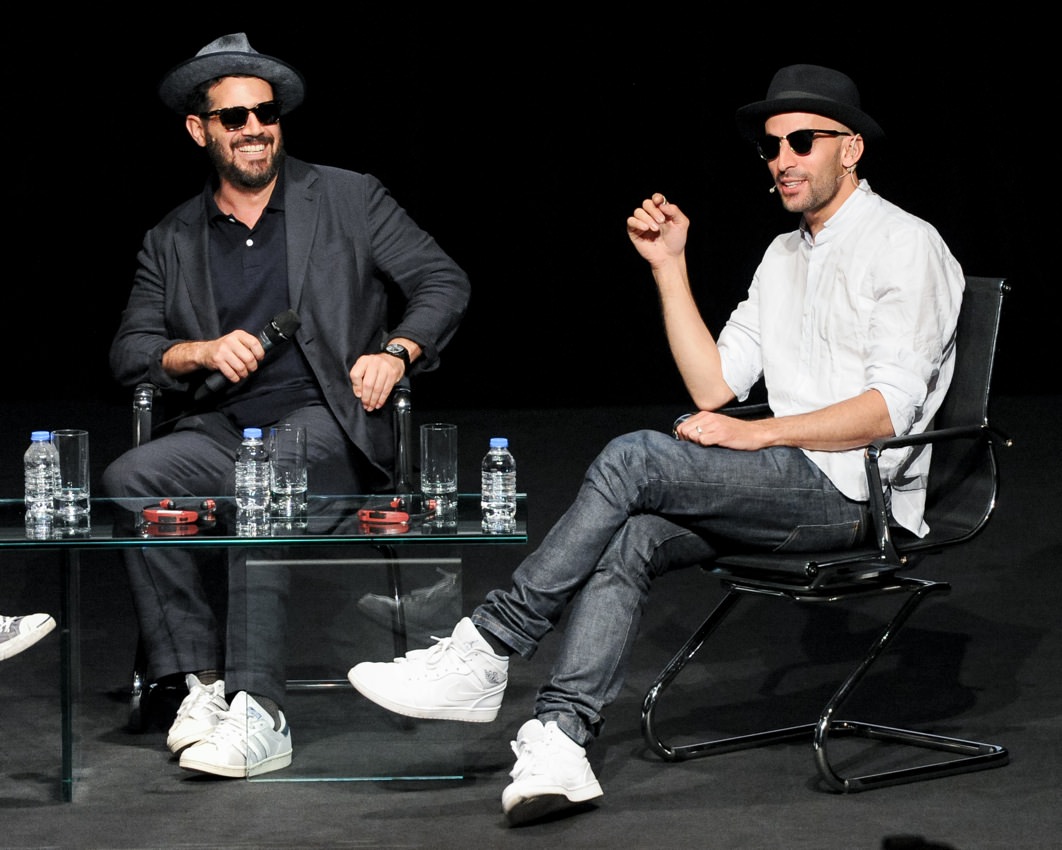
Image courtesy BFA




